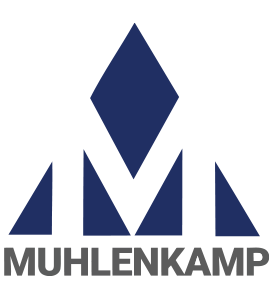We start with the premise we are only interested in owning good companies, but we believe you can turn a good company into a bad investment if you pay too much for it. We use a business-like evaluation of each company designed to identify what a company is worth as a business today.
To find good companies, we start with return on shareholder equity (ROE). Since World War II the average return on corporate shareholder equity has been about 14%. And we like better than average companies, so we look for companies with ROE over 14%. In a climate of 2 1/2% inflation and 4-5% interest rates we need to see a P/E less than or equal to the ROE. By contrast, in a climate of 9% inflation and 12% interest rates we were screening for a P/E less than half the ROE. So, we are always looking for good companies, but the price we are willing to pay for those companies changes as inflation and interest rates change.
Once we have identified companies meeting our ROE and P/E criteria we begin our fundamental analysis. We dig into their numbers to learn how they achieved that ROE, and whether it is sustainable. We look at growth, profits, financial strength, labor relations and management teams.
Growth is an important consideration, especially the relationship between growth and ROE. If ROE is higher than the growth rate, the company is probably generating free cash flow. Cash flow puts a company in control of its own destiny. Growth rates higher than the ROE are not sustainable without additional debt or equity financing. We prefer companies with ROE that can comfortably fund growth. We like to see revenue driven growth, not just cost cutting or accounting sleights of hand. Revenue tells you if the public is buying the company’s product and should be near the level of earnings growth. Both earnings and revenues growth should exceed the industry medians.
Profits are another critical factor. The way to make profits is cost control, and we look for companies whose profit margins exceed the industry median.
Clean balance sheets are important but can be more or less critical depending on the business and the stage of the economic cycle we are in at the time. Use of debt can help boost ROE when the company is performing strongly, but it can hurt the company when business slows down and the company still has to meet their interest payments. We look for companies with percentage of liabilities to assets lower than industry medians, and then look for free cash flow.
Labor relations and management teams are harder to quantify. In the final analysis, the quality of the management team is all you have, but we don’t know a better way of measuring them than by how well they have done the job historically. The quality of the management teams usually becomes clear in the fundamental analysis that we perform.
Finally, our approach has been the same for at least 30 years.


Leave A Comment